For thirty years, Karina Al Piaro’s life was spent between London and Egypt’s Nile River. Despite being British born, the photographer considers the Nile her visual and creative heritage. Intensely exploring the basin at Upper Egypt, with a focus on Nubia, Al Piaro shares her story with Egyptian Streets.
When did you first come, and how long have you lived in the country?
Egypt is a love story, and what I affectionately call my House of Light; a story that began in my childhood when my father gave me my first camera and the Nile became my first and most beloved muse.
It was my early experiences on the Nile that inspired the creativity that unfolded into a professional career as a photographer as an adult. I later honed my professional skills as a fashion and advertising photographer in London and in Paris but always referring back to the Nile as my most powerful reference point.
During the years leading up to the advent of the Revolution in 2011, I began assisting the National Geographic in Egypt and this was the catalyst for my decision to stay present throughout the uprising to support the preservation of the significant Nile Heritage that is so precious to this region.
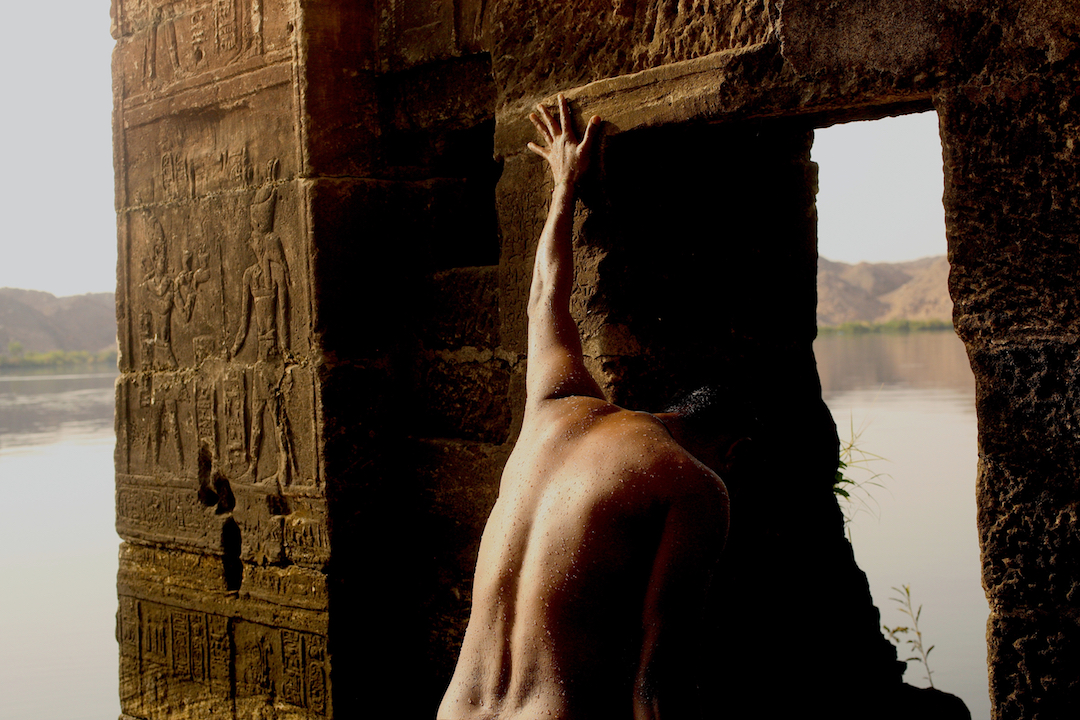
As a photographer, how do you see Egypt?
Egypt through the eyes of the photographer with a certain sensitivity and sensibility is what I call the alchemical eternal continuum of light .
Egypt is on one level arguably also a school of spiritual theater and the most intense concentration of precious heritage we have in humanity on this earth deserving of the greatest respect, care and celebration. We are all collectively responsible for this and I feel that the primary role of the photographer to reflect and narrate as a story teller would that intense concentration of beauty as one of the core truths of this region. Beauty itself is often a forgotten narrative in this region and certainly so in recent years when the international media has chosen to represent the region in an unjustifiable torrent of negative imbalanced narratives.
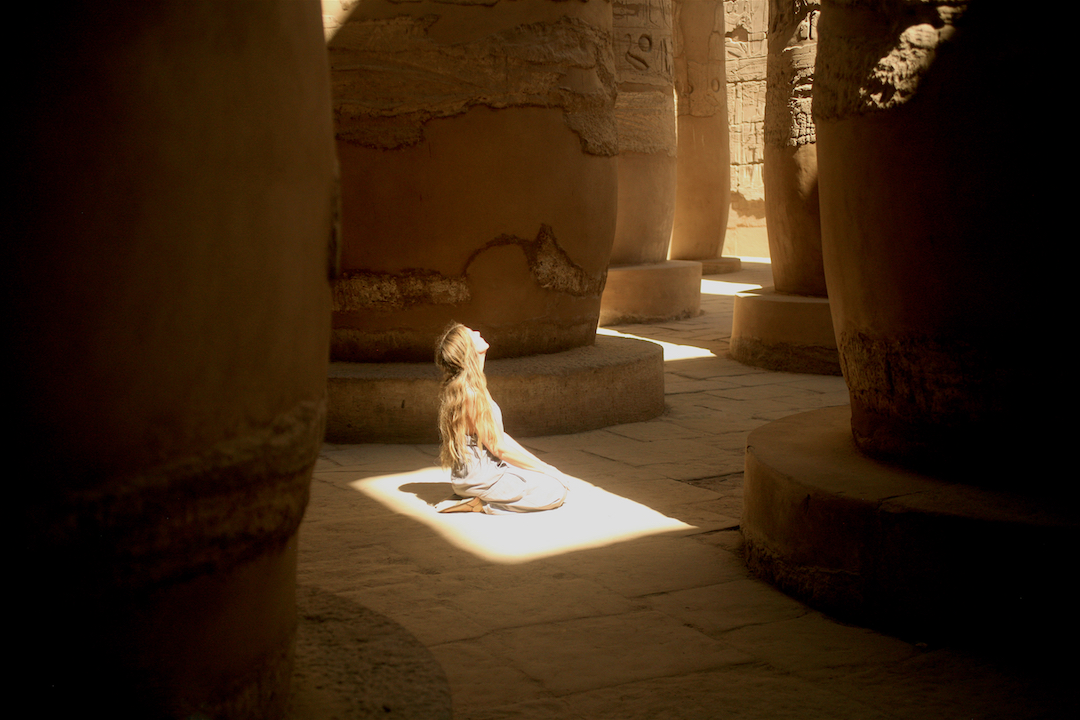
What has been your most interesting subject?
The Nile in Nubia has always been the greatest of Nile treasures giving birth to beautiful narratives and has been the bedrock of how I see my purpose on the river as a visual artist with a camera. This is a region that has still a spirit, soul and intense purity that is rarely seen in the contemporary world. I would like to express my intense gratitude to the peoples of Upper Egypt and Nubia for their hospitality and friendship with special reference to Annory Sabry and family for loyally supporting my work .

Which photograph was the most difficult to shoot and why?
Witnessing the process of death in the precise place of ones most precious childhood memories has been the most traumatizing experience of my life. In retrospect, I have come to the conclusion that this was a necessary series of events that I personally had to pass through and I has resulted in a much more honest and authentic perspective on the preciousness of the details of humanity on the Nile.
I feel privileged to have witnessed all shades of humanity in Egypt and pray for a better future for all. I have traveled to many countries in the MENA region as a photographer but keep returning to the Nile. There is a definite relationship with Egypt has been born out of love and loyalty .
What are the challenges you face as a photographer in Egypt?
The greatest challenge is accepting that since 2011, there is now an acute but understandable rise in the level of psychological sensitivity in the region concerning the action of photography and one has to be mindful to the sensitivity of the emotions of the local peoples. I am acutely aware that the emotions and feelings of the people I photograph must be respected, and not imposed upon. Photographing in such a context has given rise to the necessity of working with a compassionate empathetic eye on beauty.
Being a woman with a camera on the Nile is also a parallel challenge that I deal with on a daily basis but I have spent many years cultivating a very strong and healthy relationship with those I photograph. Developing trust is central to my creative path in the region and its a matter of personal safety also . I am again very much in gratitude for those whom have opened their lives to me, protected and trusted me and have as a result been co creatively building some beautiful bodies of work with me.
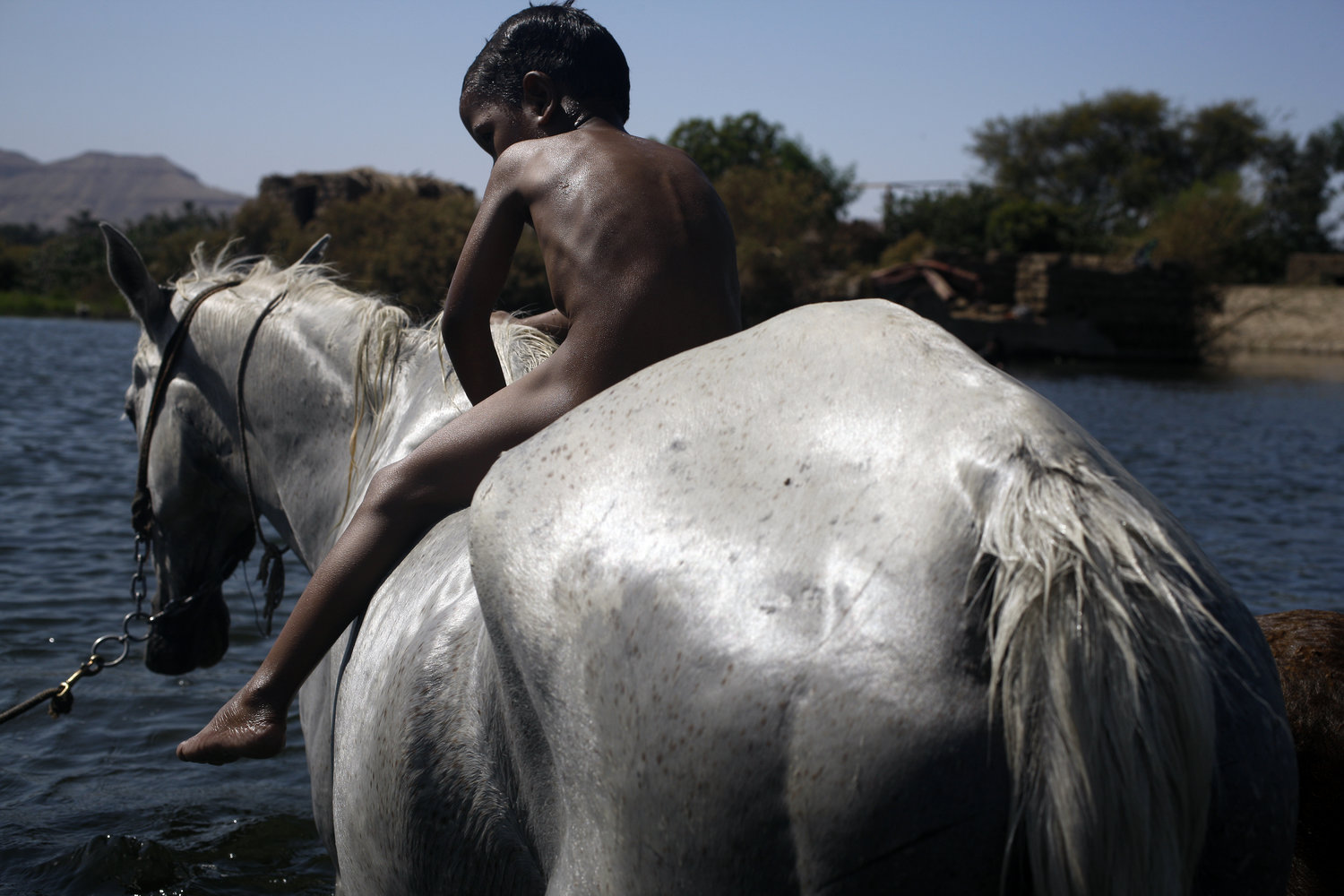
Why did you pick the Nile as a theme for your series?
The Nile for me is the artery literally of the human heart on this planet, a sacred river that has a special energy and light that has drawn me magnetically to it since my childhood. I started working on a body of work entitled Al Arwah (The Spirits) which began on the advent of the Uprising in 2011. The focus has always been on reflecting the purity, the interaction of light and water and spirit: my muses have been since my childhood the local boatmen, the marakbi on sacred crossing points on the river. This is a subject I have returned to repeatedly and it evolved into colossal life sized allegorical art works often in silver saltine bromide and recently again in color.

How have people reacted to your photographs?
I had the honor at the end of 2015 of exhibiting in Cairo the debut series of Al Arwah in collaboration with Lehnert & Landrock, one of the most respected historical photographic archives emanating from Egypt and the Magreb, dating back as far as a century. The response has been extremely positive and led to an invitation to be one of the first female speakers on the subject of the pioneering of Heritage Process in Photography on the Nile , a lecture which took place at the end of 2016 at the American University of Cairo.
What are the purposes of your workshops? When is your next one, and what are you hoping to get out of it?
The purpose of the forthcoming Masterclass project entitled KHEMA , which in this context means the gathering point, of the place of gathering , is fundamentally about the pioneering of the the medium of photography on the Nile at the place historically of the earliest pioneering of the medium itself. It is little known fact but the medium of photography was pioneered on the Nile in Egypt in the 1850s and we intend to return to that precise important historical point on the river on the island of Heissa to make a statement of what I am calling a Contemporary Rebirth
The KHEMA Masterclass project launch shall begin from the 20th of April for a fortnight on the island of Heissa which is located on the most southern frontier on the Nile in Nubia . The debut Masterclass shall be open to photographers of all levels. We welcome clients to participate in a demonstration of what we call Heritage Process , which is a return to the original black & while photographic processing . This hasn’t been seen for over a century at this point on the river . I am honored to have the presence of one of the few great contemporary experts on the subject ;the highly respected Egyptian l photographer Mohamed Elmaymony collaborating with me on this demonstration which will be broadcast as an Instagram Takeover for Metro Imaging, which is one of the most prestigious laboratories internationally .
The Masterclass shall also encourage what I call creative visualization with the camera and a series of lectures shall take place during the fortnight opening a new style of teaching the medium in this region. It is an exciting opportunity to bring much needed positivity to the most beautiful often overlooked southern region of the Nile in Egypt.
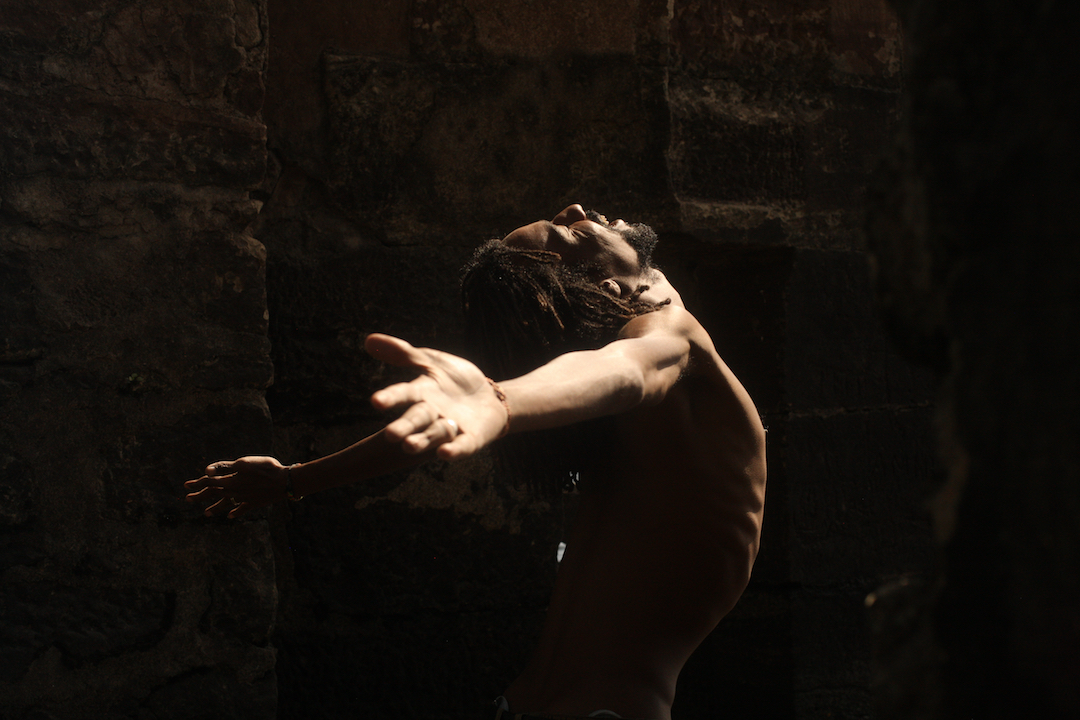
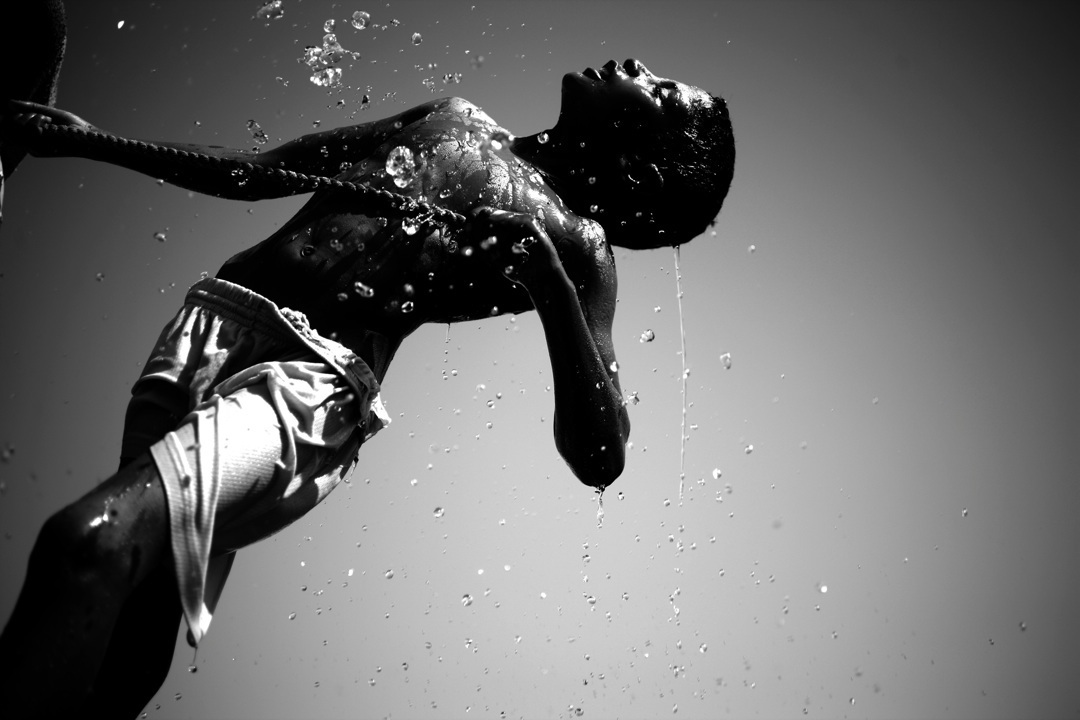



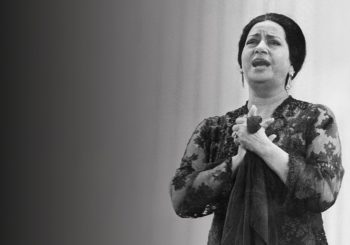
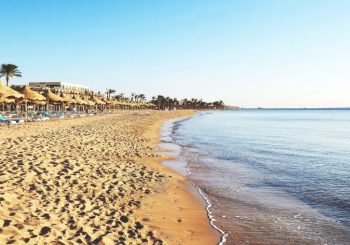

Comments (0)